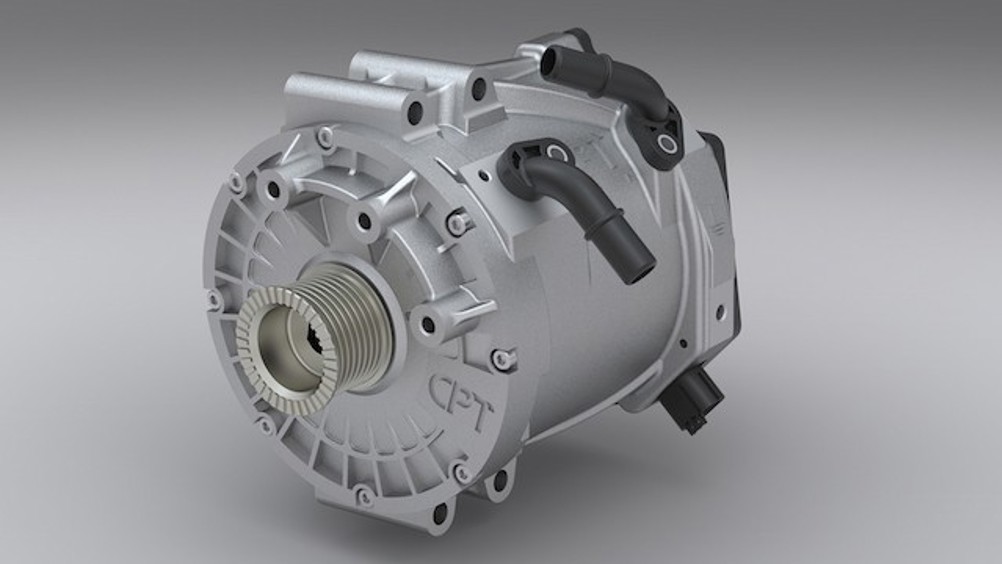Low voltage motor-generators ease range anxiety
The fuel consumption and greenhouse gas emissions of vehicles could be cut by over a quarter without the need for costly high voltage plug-in hybrid systems, according to a UK company.

Controlled Power Technologies (CPT), an Essex-based powertrain technology developer, is investigating the use of two low voltage motor-generators, mounted at different points on the vehicle, to provide a power boost to downsized engines at a much lower cost than plug-in hybrid technologies.
The two switched-reluctance motor-generators would act in tandem to provide electric boosting, according to Nick Pascoe, chief executive of CPT.
“In this way you have no range anxiety issues because you still have a base engine, but you can use the electric machine to accelerate,” he said. “That means you can retain the same vehicle architecture, and continue to use petrol or diesel to drive it, but you can make that vehicle a lot more fuel efficient than it is today, by assisting it with intelligent electrification.”
The company is exploring the use of a newly developed 10 kilowatt axle-mounted SpeedTorq unit, to be used in tandem with its existing 10 kilowatt engine-mounted SpeedStart unit, to provide energy recuperation during braking and torque assist during acceleration.
Register now to continue reading
Thanks for visiting The Engineer. You’ve now reached your monthly limit of news stories. Register for free to unlock unlimited access to all of our news coverage, as well as premium content including opinion, in-depth features and special reports.
Benefits of registering
-
In-depth insights and coverage of key emerging trends
-
Unrestricted access to special reports throughout the year
-
Daily technology news delivered straight to your inbox










Water Sector Talent Exodus Could Cripple The Sector
Maybe if things are essential for the running of a country and we want to pay a fair price we should be running these utilities on a not for profit...